Speaking with Tien Phong reporter , Mr. Tran Cong Thang - Director of the Institute of Strategy and Policy on Agriculture and Environment - analyzed the opportunities, challenges and solutions for the agricultural sector in the new context.
- When administrative boundaries are expanded, land and resources are combined, many provinces go from being landlocked to having land, population and resources increase dramatically, what opportunities are there for the agricultural sector, sir?
- Expanding administrative boundaries and merging provinces creates a large space for agricultural economic development, integrating many resources, opening up clear opportunities to form a modern, large-scale and more sustainable agriculture.
 |
| Mr. Tran Cong Thang. |
Firstly , the merger helps expand the area of cultivated land, allowing for the organization of concentrated, large-scale production. Previously scattered and small areas of land can now be re-planned into strategic raw material areas, developing specialized models such as rice - shrimp, fruit trees, concentrated livestock farming, coastal aquaculture. Some coastal provinces, when merged with coastal provinces, will open up the potential of the marine economy - such as aquaculture, salt making, and coastal agricultural tourism development.
For example, Hung Yen merging with Thai Binh will combine the advantages of fruit trees and livestock (Hung Yen) with rice production and coastal aquaculture (Thai Binh), creating a richer and more flexible agricultural ecosystem.
Second , mergers facilitate the development of regional linkages, reorganizing the value chain from production - processing - consumption in a larger space. For example, the Central Highlands, with its strengths in coffee and pepper, can link with the Southeast provinces - where processing factories, logistics and export centers are concentrated - to form a high-value agricultural product chain...
Third, as localities become larger in size, their capacity to attract investment also increases. The integration of land, population, infrastructure, and resources helps build large raw material areas - a prerequisite for attracting businesses to invest in high-tech agriculture, green production, and sustainable development.
Can Tho merging with Hau Giang and Soc Trang will form a modern agricultural production - processing - logistics center, qualified to receive large foreign direct investment flows. High-quality rice from Soc Trang or brackish water shrimp from Hau Giang can be brought into processing factories in Can Tho, aiming for high-value exports.
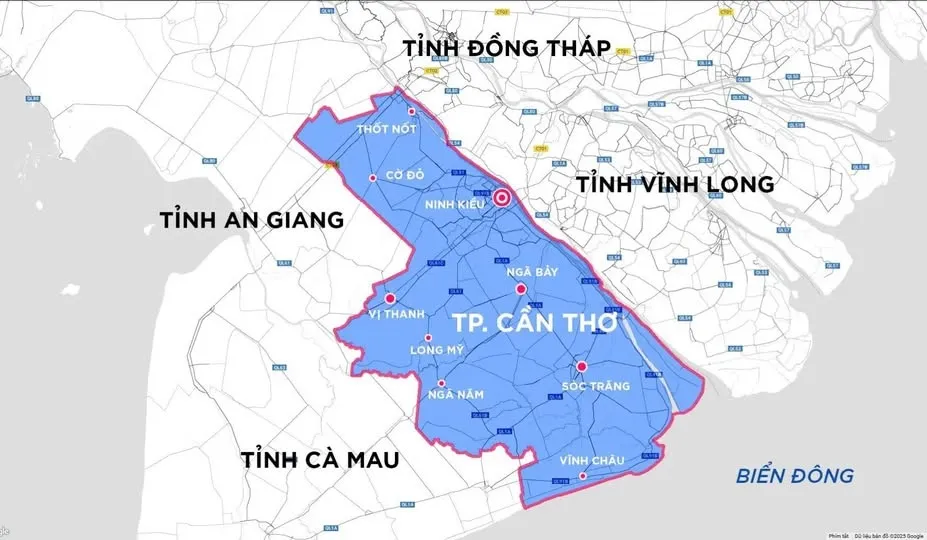 |
"Merging Hau Giang and Soc Trang into Can Tho will be a strategic boost to help form an agricultural - industrial processing - export center..." - Mr. Thang affirmed. |
- As you have just analyzed, when merging provinces and cities, there will be great advantages but there will certainly be many challenges. In your opinion, what is the biggest problem when developing large-scale agricultural economy after the merger?
- There are many challenges in development. The differences between provinces in terms of natural conditions, types of production and development thinking are major obstacles. Some provinces are strong in rice, while others develop fruit trees or aquaculture, leading to difficulties in building a unified agricultural development strategy without reasonable and flexible planning according to ecological zones.
Overlapping or conflicting plans between old plans make it difficult to re-plan raw material areas, processing infrastructure, and logistics. Disputes over land, irrigation water, and budgets may even arise between agriculture and other sectors.
Differences in management and production organization between localities also cause difficulties when converting models. People may be confused and disagree if there is a lack of information, technical support and appropriate policies. In addition, small-scale production still accounts for a large proportion, while linkage mechanisms and cooperatives are weak and lack capacity.
Finally, capital constraints, unsynchronized agricultural infrastructure, unskilled human resources and aging trends are also challenges that need to be addressed to build a modern, large-scale and sustainable agriculture.
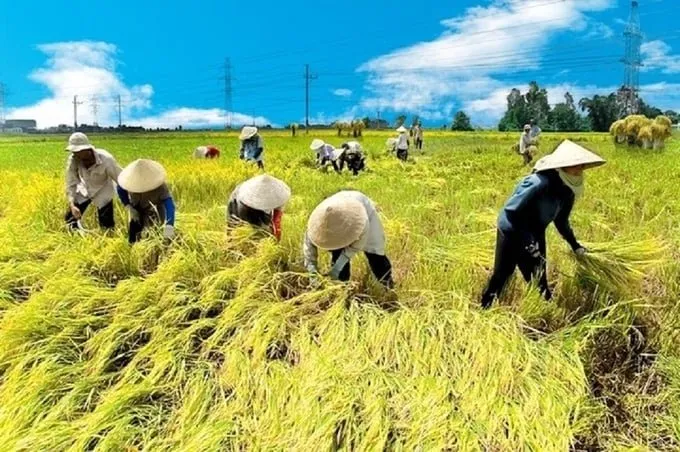 |
| Merger opens up development space for agricultural economy. Illustration photo: IT. |
- In your opinion, how should farmers, cooperatives and businesses transform and adapt after the merger of provinces and cities?
- To adapt to the new model, entities need to change their thinking and production organization. Provincial managers must view production in regional and inter-provincial terms, instead of following old administrative boundaries. It is necessary to plan key products, identify key value chains, invest in synchronous infrastructure and promote land accumulation.
Farmers must shift from individual production to linkages through cooperatives or enterprises, apply digitalization, and produce safely according to standards to meet market demand.
Cooperatives need to improve management capacity, expand their area, invest in input services, processing, consumption and apply digital technology.
Enterprises should focus on deep processing, high-tech agriculture, logistics and export, proactively build raw material areas, and accompany local authorities in planning and formulating policies for large-scale, modern and sustainable agricultural development.
Thank you!
Source: https://tienphong.vn/thay-gi-tu-viec-cac-tinh-bong-dung-co-bien-quy-mo-nong-nghiep-rat-lon-post1753736.tpo



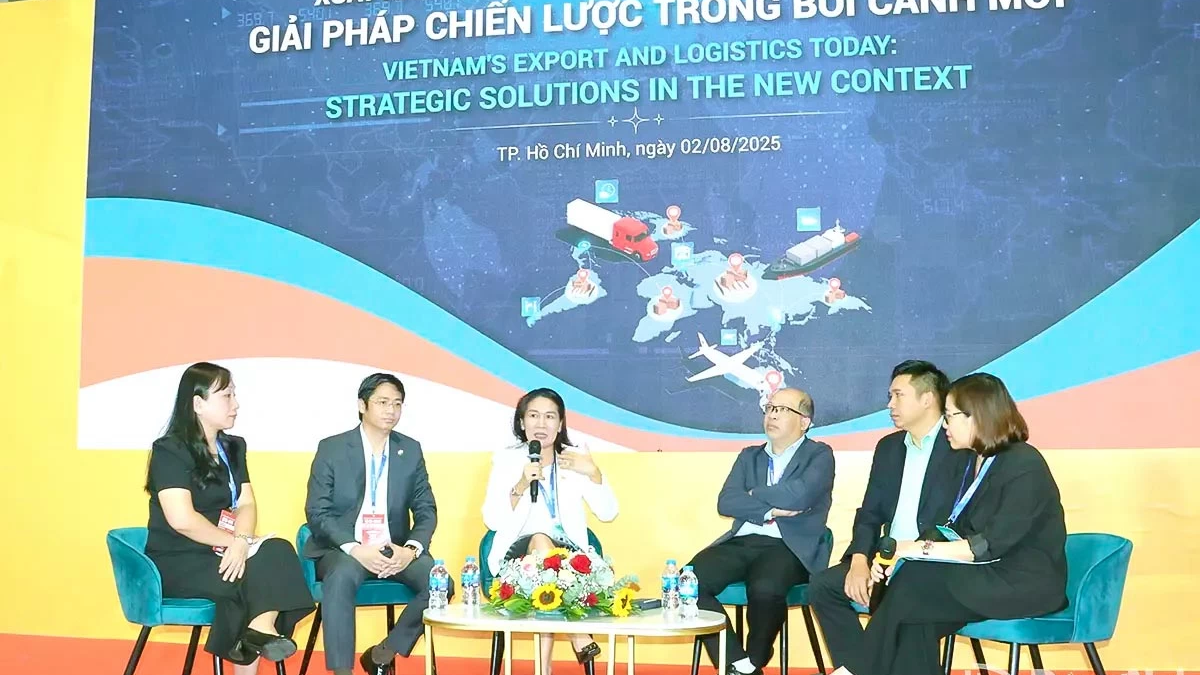
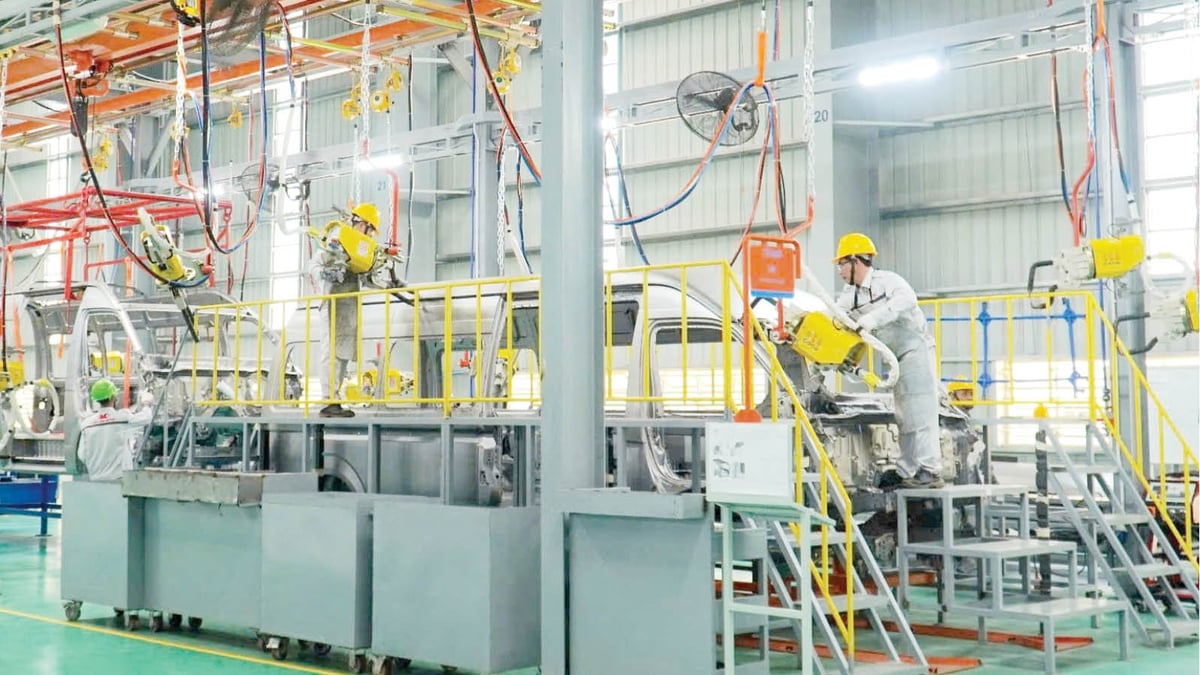
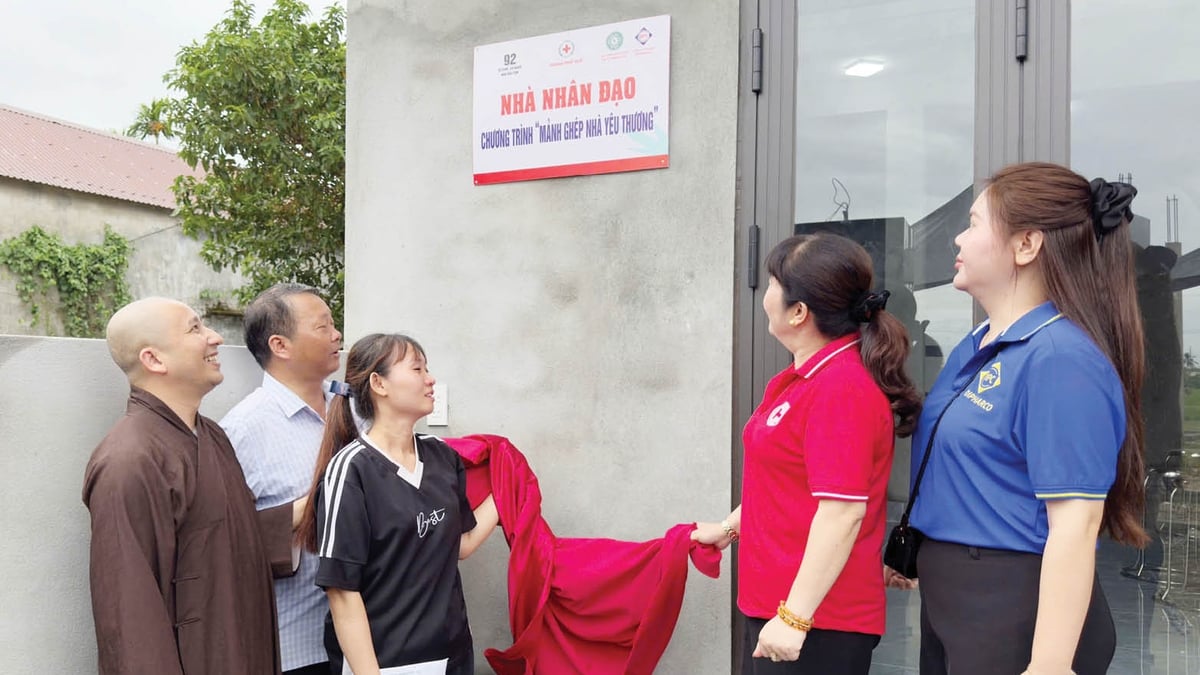
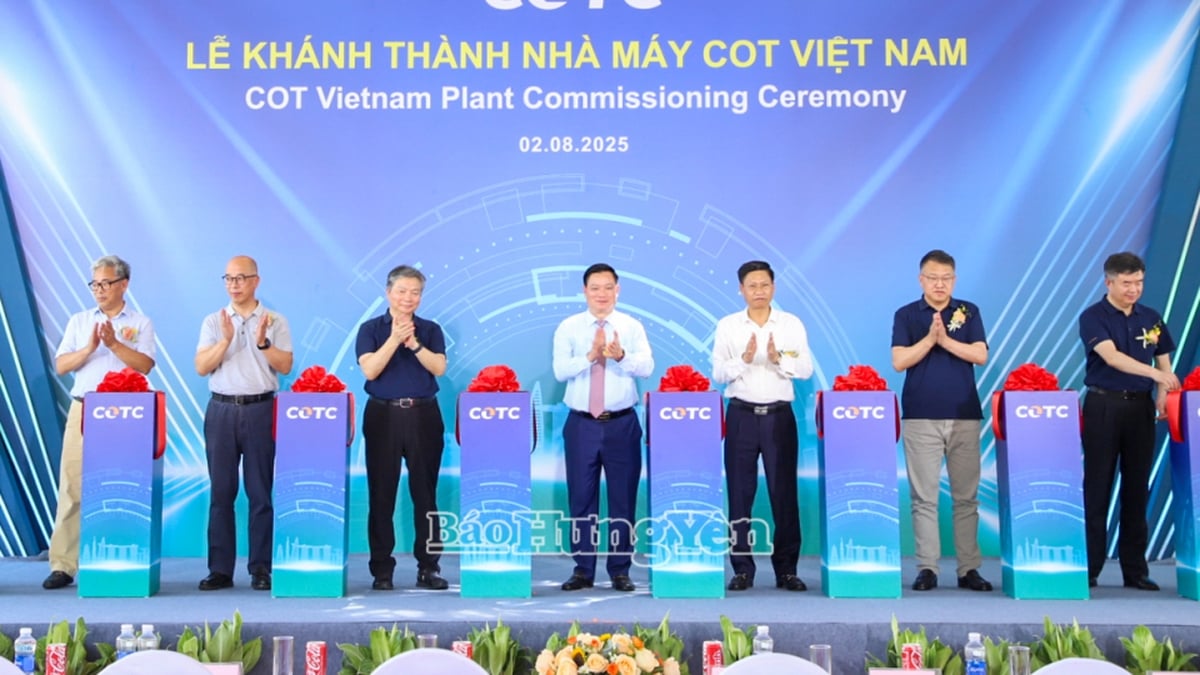
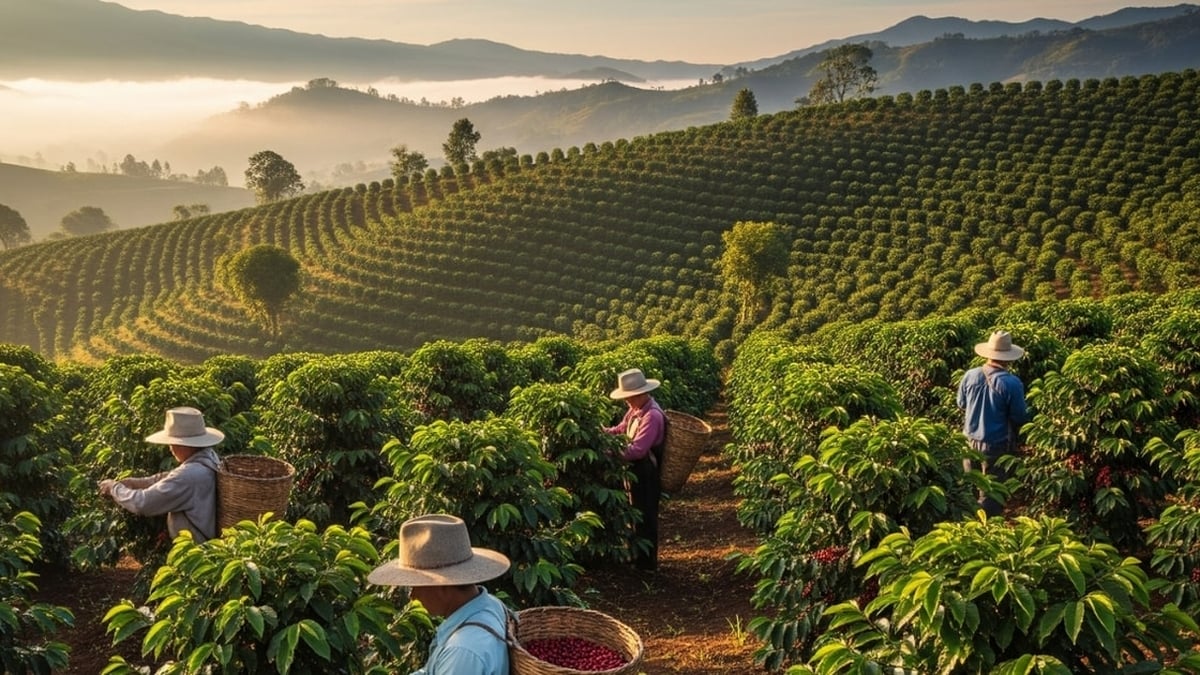
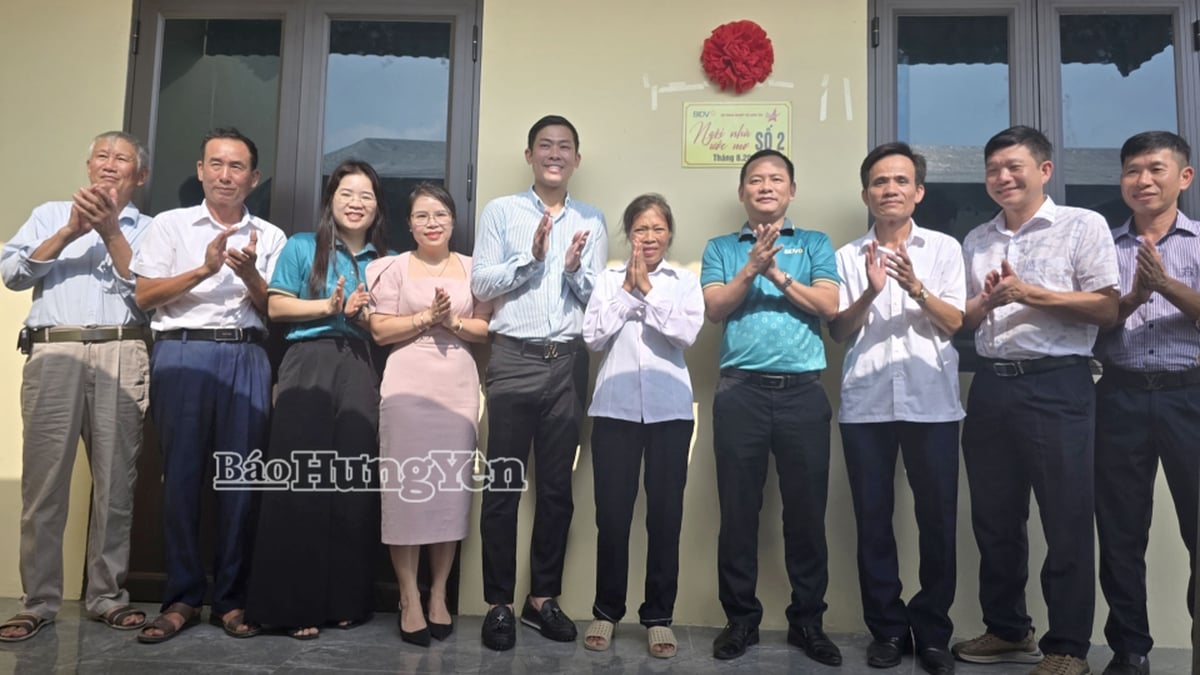
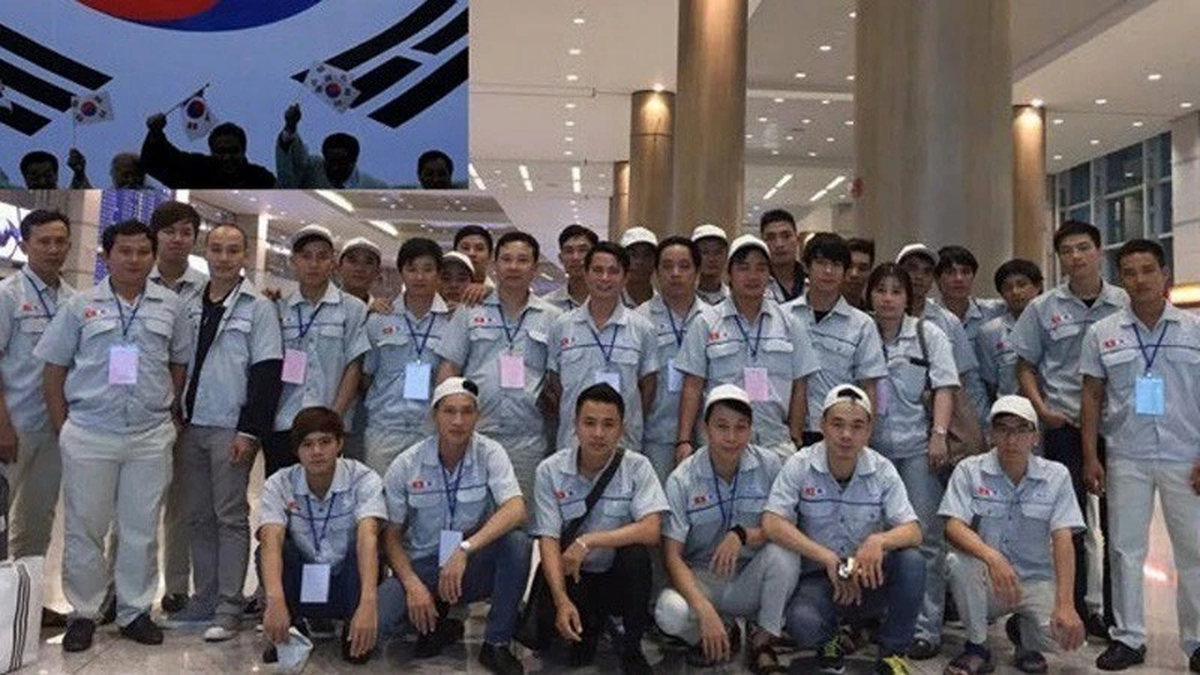

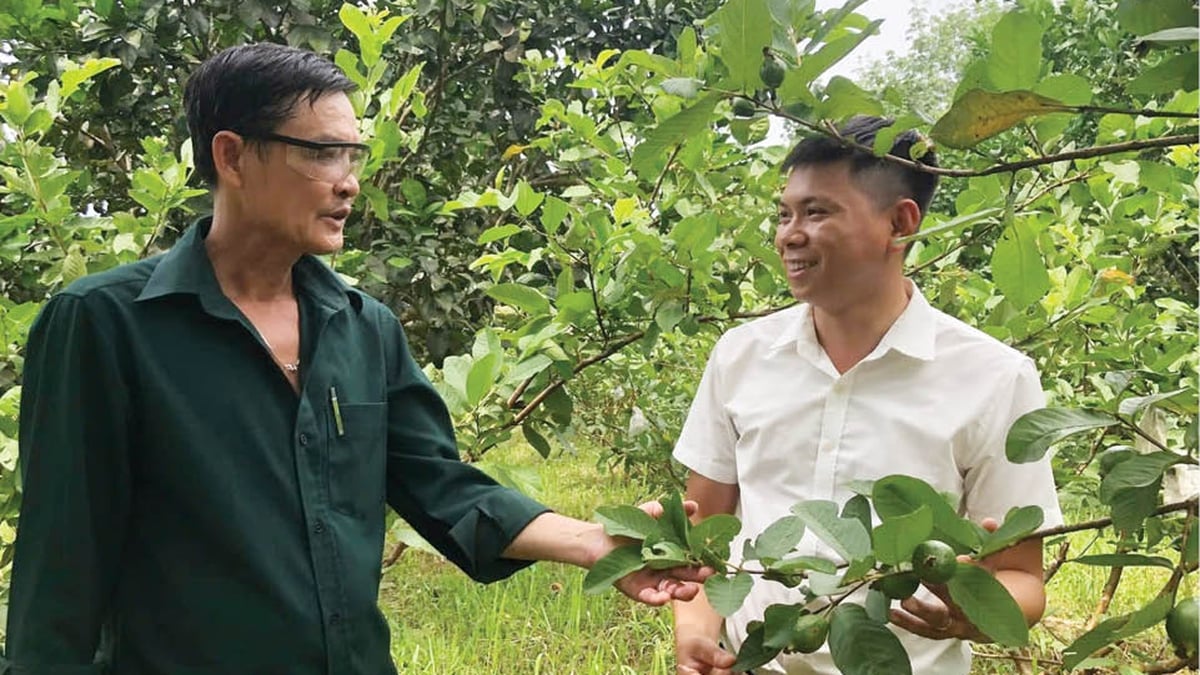

























































































Comment (0)